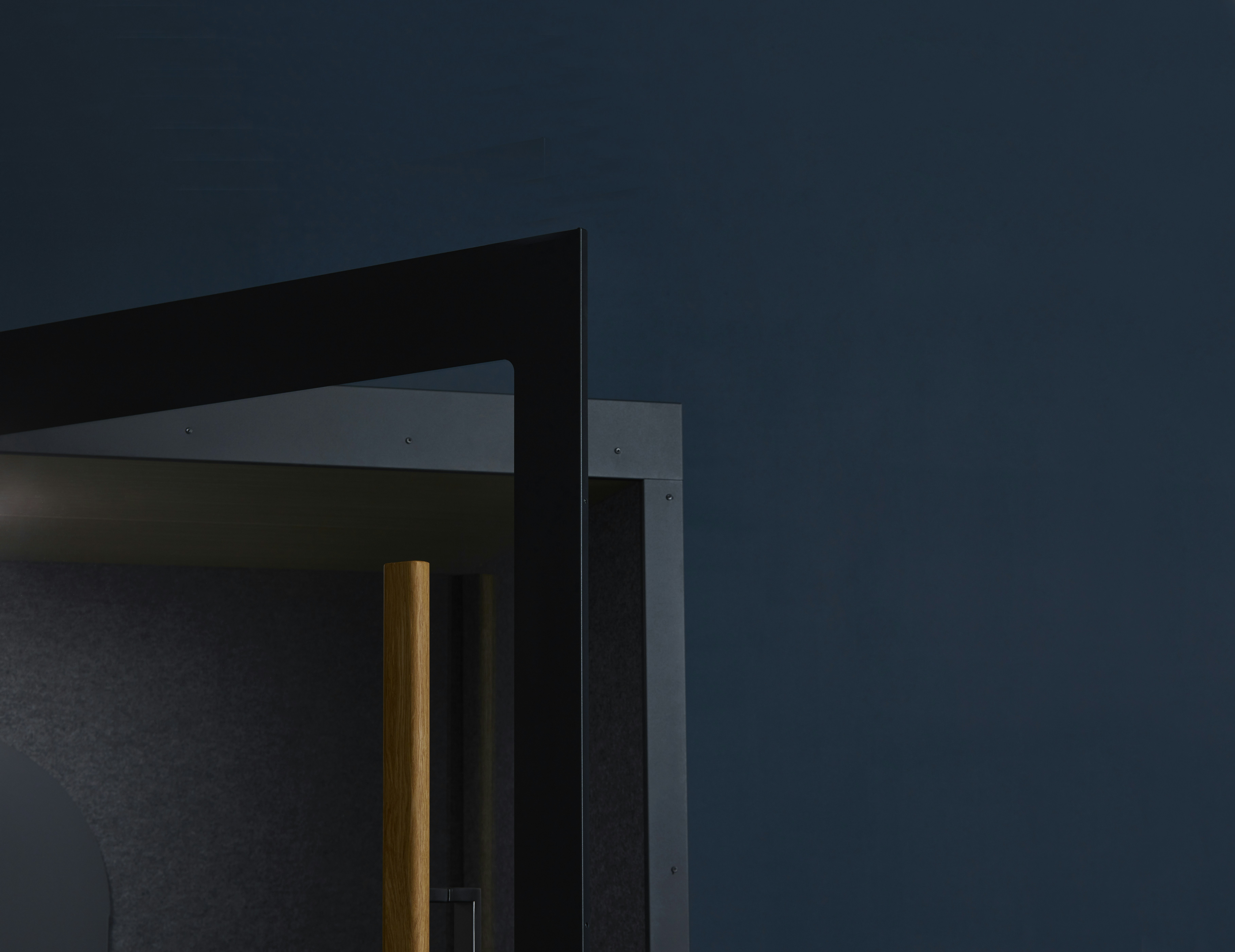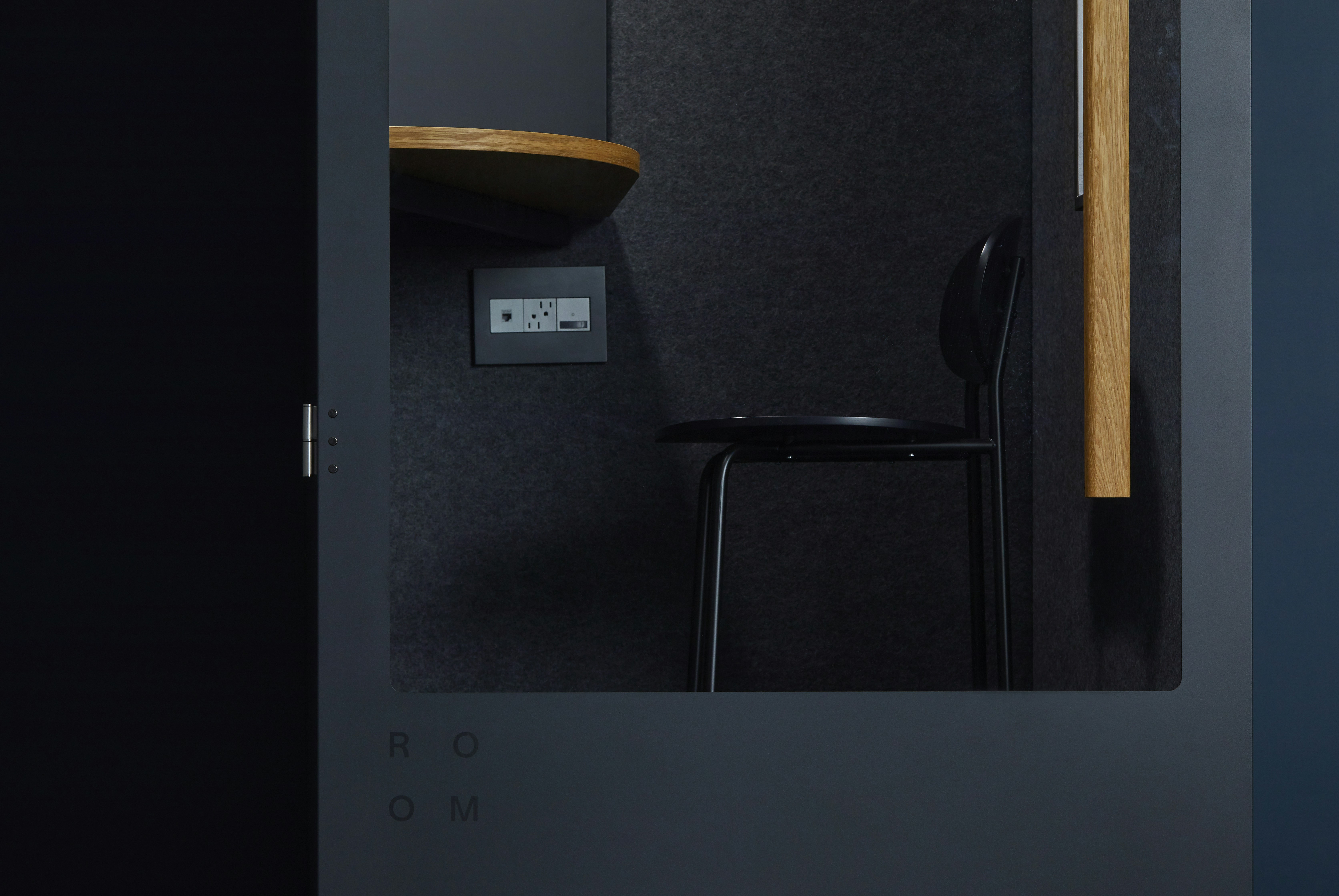Having a professional studio is crucial for achieving high-quality audio recordings, and one key element that should not be overlooked is sound-absorbing materials. These materials are a necessity because they help in reducing reverberation, echo, and unwanted noise, ensuring that your recordings are clean and clear. Whether you are a podcaster, musician, or voiceover artist, the right sound-absorbing materials can make a significant difference in the overall sound quality of your recordings. In this article, we will explore the importance of sound-absorbing materials and provide recommendations for some top brands to consider when setting up your professional studio.
The Importance of Sound Absorbing Materials
Professional studios strive to achieve the highest quality audio recordings and productions. To achieve this, it is essential to have the right sound absorbing materials in place. These materials play a crucial role in enhancing audio quality, reducing echo and reverberation, and improving speech intelligibility. By understanding the types of sound absorbing materials available and considering important factors when choosing them, you can create the perfect acoustic environment for your studio.
Enhancing audio quality
Sound absorbing materials are designed to absorb sound waves and prevent them from bouncing off walls, floors, and ceilings. This absorption helps to eliminate unwanted reflections and echoes, resulting in cleaner and more accurate audio recordings. When sound waves bounce around a room, they can interfere with the original sound source, leading to a loss of clarity and detail. By strategically placing sound absorbing materials, you can create a controlled acoustic environment that minimizes these reflections, ultimately enhancing the overall audio quality of your recordings.
Reducing echo and reverberation
One of the primary purposes of sound absorbing materials is to reduce echo and reverberation. An echo occurs when sound waves bounce off a surface and return to the listener. This can create a sense of spaciousness in a room but can also lead to a loss of intelligibility, especially when recording speech or vocals. Reverberation, on the other hand, refers to the persistence of sound in a room after the sound source has stopped. This can be particularly problematic when recording instruments or vocals, as it can result in a muddled and blurred sound. Sound absorbing materials help to minimize both echo and reverberation, allowing for clearer and more defined audio recordings.
Improving speech intelligibility
In settings where speech is a primary component, such as podcast studios or voice-over booths, sound absorbing materials are crucial for improving speech intelligibility. These materials absorb excessive reverberation and echoes, ensuring that every word is clearly articulated and easily understood. By reducing the reflections in the room, sound absorbing materials help to create a more focused and intelligible sound for speech recordings. This is especially important for professional studios that aim to deliver high-quality content to their audience.
Types of Sound Absorbing Materials
There are several types of sound absorbing materials available on the market, each with its own unique properties and benefits. Understanding these materials can help you determine which ones are best suited for your studio needs.
1. Acoustic Foam
Acoustic foam is a common choice for sound absorption due to its effectiveness and affordability. It is made from open-cell polyurethane foam and is available in a variety of shapes, sizes, and densities. Acoustic foam absorbs sound waves by converting the sound energy into heat energy through friction. It is commonly used in recording studios, control rooms, and home theaters.
2. Fiberglass Panels
Fiberglass panels are another popular option for sound absorption. These panels are made from lightweight fiberglass insulation material and are covered in fabric. Fiberglass panels are highly effective at absorbing sound across a wide frequency range. They are commonly used in commercial studios, broadcast facilities, and concert venues.
3. Fabric Panels
Fabric panels offer both sound absorption and aesthetic appeal. They are typically made from a layer of acoustic material, such as fiberglass or mineral wool, which is then wrapped in a fabric cover. Fabric panels are available in a wide range of colors, patterns, and designs, making them a versatile choice for studios that prioritize both sound quality and visual aesthetics.
4. Diffusion Panels
While sound absorption focuses on reducing echoes and reverberation, diffusion panels are designed to scatter sound waves and maintain a sense of liveliness in a room. Diffusion panels break up sound energy and disperse it in different directions, reducing the build-up of sound waves. They are commonly used in recording studios, home theaters, and concert halls to create a balanced acoustic environment.
5. Bass Traps
Bass traps specifically target low-frequency sound waves, which can be particularly challenging to control. Low-frequency sound waves tend to build up in corners and alcoves, causing an unbalanced sound. Bass traps are designed to capture these low-frequency waves, reducing booming or muddy bass in a room. They are typically made from dense materials, such as mineral wool or fiberglass, and are strategically placed to address the specific low-frequency issues in a studio.
Factors to Consider When Choosing Sound Absorbing Materials
Selecting the right sound absorbing materials for your studio requires careful consideration of various factors.
1. Room size and layout
The size and layout of your studio space will directly impact the type and quantity of sound absorbing materials needed. Larger rooms may require more materials to adequately control echoes and reverberation. Additionally, the layout of your room, including the placement of windows, doors, and furniture, will affect the sound reflections and absorption requirements.
2. Frequency range
Different sound absorbing materials have varying levels of effectiveness in absorbing different frequencies. Therefore, it is essential to consider the frequency range of the sounds you are working with in your studio. For example, if you primarily work with vocal recordings, you may prioritize materials that excel in absorbing mid to high frequencies.
3. Aesthetic considerations
While the primary goal of sound absorbing materials is to improve audio quality, the aesthetic appeal of your studio should not be overlooked. Many sound absorbing materials come in a range of colors, designs, and fabric options, allowing you to incorporate them seamlessly into your studio’s overall design.
4. Budget constraints
The cost of sound absorbing materials can vary significantly depending on the type, brand, and quantity required. It is important to establish a budget and consider the cost-effectiveness of different options. While it may be tempting to opt for cheaper materials, it is essential to balance cost with performance to ensure optimal acoustic treatment for your studio.
Acoustic Foam
Acoustic foam is a popular choice for sound absorption due to its effectiveness, affordability, and ease of installation. Understanding the properties and characteristics of acoustic foam can help you determine its suitability for your studio.
1. Properties and characteristics
Acoustic foam is typically made from open-cell polyurethane foam. It is lightweight, flexible, and available in various shapes, such as panels, tiles, and bass traps. The foam’s structure consists of millions of tiny air pockets that help to absorb sound waves. It is designed to absorb a wide range of frequencies, making it suitable for general sound absorption purposes.
2. Installation methods
Acoustic foam can be easily installed using adhesive or hook-and-loop fasteners. It can be attached directly to walls, ceilings, and other surfaces in your studio. Some acoustic foam products also come with built-in adhesives or mounting hardware for easy installation.
3. Application areas
Acoustic foam is commonly used in recording studios, control rooms, home theaters, and other spaces where sound absorption is necessary. It is particularly effective in reducing mid to high-frequency reflections, improving clarity, and minimizing reverberation. Acoustic foam is also often used in vocal booths and drum rooms to control sound reflections and ensure a clean and focused recording environment.
Fiberglass Panels
Fiberglass panels offer excellent sound absorption across a wide frequency range, making them a popular choice for professional studios.
1. Advantages and disadvantages
Fiberglass panels are highly effective at absorbing sound due to the dense, fibrous material they are made from. They can effectively control echoes and reverberation for a range of frequencies, including low and high frequencies. However, working with fiberglass can be hazardous if proper safety precautions are not taken. Fiberglass panels should be covered with fabric or another protective layer to prevent the release of fibers into the air.
2. Installation process
Fiberglass panels are typically installed by mounting them directly onto walls or ceilings. They can be secured using adhesives, screws, or mounting clips. It is important to ensure a secure and tight fit to maximize their sound absorption properties.
3. Safety precautions
When working with fiberglass panels, it is essential to wear protective clothing, gloves, and a mask to avoid inhaling fibers. Fiberglass can cause irritation to the skin, eyes, and respiratory system, so proper precautions must be taken during installation. It is also recommended to consult with professionals or follow manufacturer guidelines for safe handling and installation.
Fabric Panels
Fabric panels offer a balanced combination of sound absorption and visual appeal, making them a popular choice for studios that prioritize both functionality and aesthetics.
1. Fabric options and designs
One of the advantages of fabric panels is the wide range of options available. Various fabric types, colors, patterns, and designs allow you to choose materials that seamlessly blend with your studio’s overall aesthetic. Fabric panels can be customized to match your studio’s branding or design preferences.
2. Installation techniques
Fabric panels are typically constructed with a layer of acoustic material, such as fiberglass or mineral wool, encased in a fabric cover. They can be mounted onto walls using adhesives, screws, or mounting clips. Some fabric panels offer modular systems, allowing for easy installation and reconfiguration as needed.
3. Maintenance and cleaning
Fabric panels require regular maintenance to ensure their effectiveness and longevity. Depending on the fabric type, they can be vacuumed or spot cleaned to remove dust or stains. It is important to follow the manufacturer’s cleaning guidelines to prevent any damage to the panels or the fabric.
Diffusion Panels
While sound absorption is important for controlling echoes and reverberation, diffusion panels play a unique role in maintaining a balanced acoustic environment.
1. Purpose and benefits
Diffusion panels are designed to scatter sound waves by breaking up their energy and dispersing it in different directions. This helps to maintain a sense of liveliness in a room while reducing the build-up of sound waves. Diffusion panels prevent excessive absorption that can result in a dead-sounding room, creating a pleasant balance between absorption and diffusion.
2. Placement and configuration
Diffusion panels are typically placed on walls or ceilings in areas where direct reflections are most likely to occur. They should be strategically positioned to break up sound waves and distribute them evenly throughout the room. The precise placement and configuration of diffusion panels will depend on the specific acoustic characteristics of your studio.
3. Combination with absorptive materials
Diffusion panels are often used in conjunction with sound absorbing materials to create a well-balanced acoustic environment. Combining diffusion with absorption helps to control reflections while maintaining a sense of spaciousness and natural sound. Experimentation and careful planning are key to achieving the desired acoustic characteristics in your studio.
Bass Traps
Low-frequency sound waves pose unique challenges in sound control, making bass traps an essential addition to any professional studio.
1. Importance of addressing low-frequency issues
Low-frequency sound waves have longer wavelengths and are more difficult to control compared to higher frequencies. They tend to build up and accumulate in corners and alcoves, resulting in boomy or muddy bass. Without proper treatment, these low-frequency issues can greatly impact the accuracy and quality of your audio recordings.
2. Types of bass traps
Bass traps are designed to capture and absorb low-frequency sound waves. There are two main types of bass traps: membrane bass traps and absorptive bass traps. Membrane bass traps use a diaphragm, such as a panel or a membrane, to convert sound energy into heat energy. Absorptive bass traps, on the other hand, use dense materials, such as mineral wool or fiberglass, to trap and absorb sound energy.
3. Placement strategies
Proper placement of bass traps is crucial for addressing low-frequency issues effectively. Placing bass traps in corners and wall-ceiling junctions is a common strategy as these areas tend to have the highest concentration of low-frequency sound waves. Careful experimentation and analysis of your studio’s frequency response will help determine the optimal placement of bass traps for your specific needs.

Installation Tips and Techniques
Installing sound absorbing materials in your studio requires careful planning and consideration of various factors.
1. Identifying problem areas
Before installing sound absorbing materials, it is important to identify the specific areas in your studio that require treatment. This can be done through a combination of listening tests and acoustic measurement tools. Pay close attention to areas where reflections are most prominent and where low-frequency issues may occur.
2. Determining optimal quantity and placement
Once problem areas are identified, it is crucial to determine the optimal quantity and placement of sound absorbing materials. This can involve calculating the surface area of the room, considering the absorption coefficients of different materials, and strategically placing them in areas of concern. Consulting with acoustic professionals or using software tools can help guide this process.
3. DIY vs. professional installation
Depending on your budget, preferences, and expertise, you can choose to install sound absorbing materials yourself or hire professionals. DIY installation can be cost-effective, but it requires careful attention to detail and adherence to manufacturer guidelines. Professional installation ensures accuracy and expertise but may come at a higher cost. Consider your resources and capabilities when deciding which installation method is best for you.
Conclusion
Sound absorbing materials are an integral part of any professional studio. They play a vital role in enhancing audio quality, reducing echo and reverberation, and improving speech intelligibility. By choosing the right sound absorbing materials based on factors such as room size, frequency range, aesthetics, and budget constraints, you can create an optimal acoustic environment for your studio. Whether you opt for acoustic foam, fiberglass panels, fabric panels, diffusion panels, or bass traps, investing in the right sound absorbing materials will greatly contribute to the success of your audio recordings and productions.



